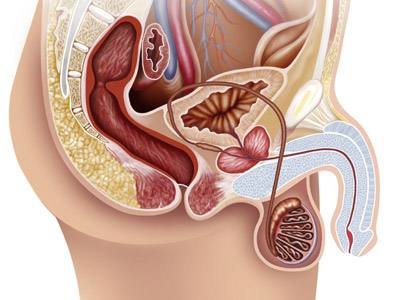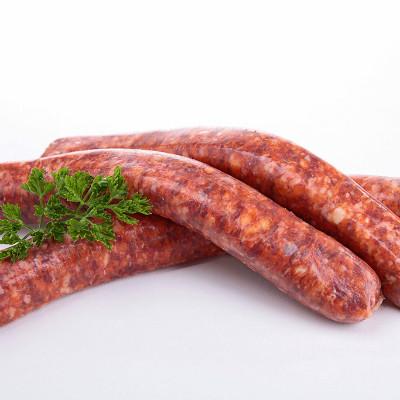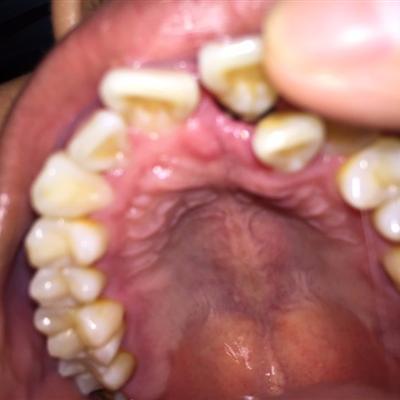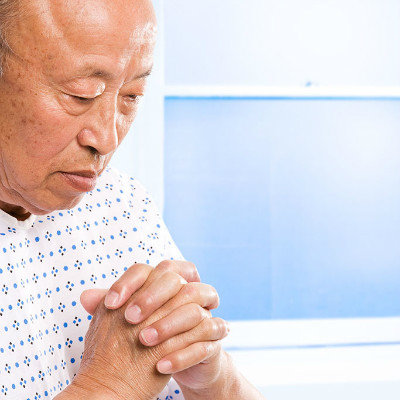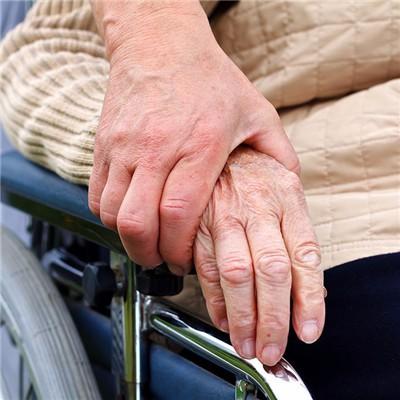Does self sensitive eczema need to be hospitalized?
summary
Autosensitive eczema is also called autosensitive dermatitis. Due to patients suffering from their own eczema after stimulation of a certain substance allergy caused by systemic inflammatory reaction. Traditional Chinese medicine calls it damp ulcer. Most of them are due to the internal accumulation of damp heat, exogenous pathogenic wind, and the mutual attack of rheumatic heat, or due to the natural intolerance and the excessive toxic heat. So does self sensitive eczema need to be hospitalized?
Does self sensitive eczema need to be hospitalized?
Autoimmune eczema is a recurrent skin disease, the common symptoms are mainly itching, can work normally, under normal circumstances, does not need hospitalization, the cost of treatment varies with the severity of autoimmune eczema. At present, there is no specific treatment for eczema in western medicine. Antihistamines, such as diphenhydramine, phenergen, chlorpheniramine and cyproheptadine, can be used alone or in combination with sedatives and vitamin C.
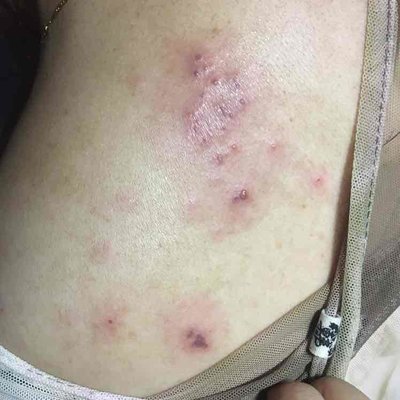
Before the onset of eczema, some parts of the patient, common in the lower extremities or pudendal and femoral parts, suffered from eczema. One to two weeks after the deterioration of eczema in the primary site, systemic rash suddenly appeared, which was papule or herpes, and then exudation and erosion. Symmetrical distribution, with forearm flexion side, hand back, thigh extension side common, further spread the whole body, conscious pruritus. Some cases may have the same shape reaction, pruritus is more obvious, accompanied by burning sensation, accessory lymph node enlargement, even low fever and general discomfort. The course of the disease depends on the primary lesion. The primary lesion alleviates or subsides, and the disease also alleviates or subsides. The short course of disease is about 10 days, and the elderly can delay for several months. On the contrary, the damage aggravated and continued to expand.
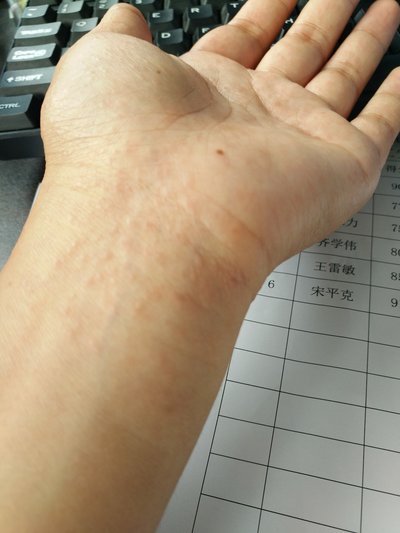
Antihistamines, calcium and large doses of vitamin C were used for systemic treatment. Corticosteroids were used in patients with extensive and severe skin lesions. Antibiotics were used in patients with infection. Local treatment should ease symptomatic, can refer to eczema treatment. According to the principle of traditional Chinese medicine, it is suitable to clear away heat and dampness, cool blood and disperse wind. The prescription is Rhizoma Imperata 60g, Folium Isatidis 15g, Gentianaceae 15g, Scutellaria baicalensis 10g, Cortex Phellodendri 10g, cortex moutan 10g, Poria cocos 15g, Polyporus umbellatus 15g, Radix Rehmanniae 15g, cortex moss 15g, Radix Saposhnikoviae 10g, decocting in water, one dose a day.
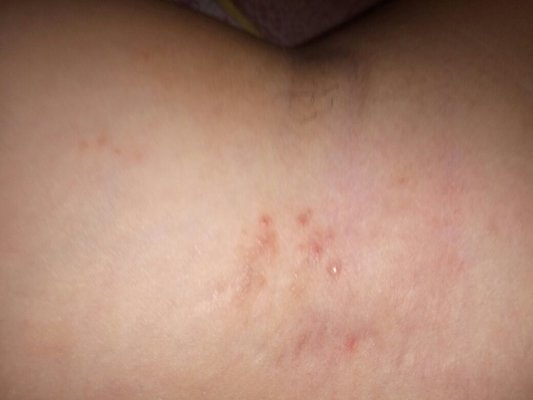
matters needing attention
The disease frequently occurs in summer, and there are multiple allergic diseases. The incidence rate of infants is higher than that of adults. Early diagnosis and early treatment according to the clinical characteristics of eczema, severe pruritus, pleomorphic damage, exudative tendency, prone to limb flexion and recurrent attacks, easy to make a diagnosis. Red papules and herpes with severe pruritus tend to be densely distributed, which is helpful for the early treatment of eczema.
